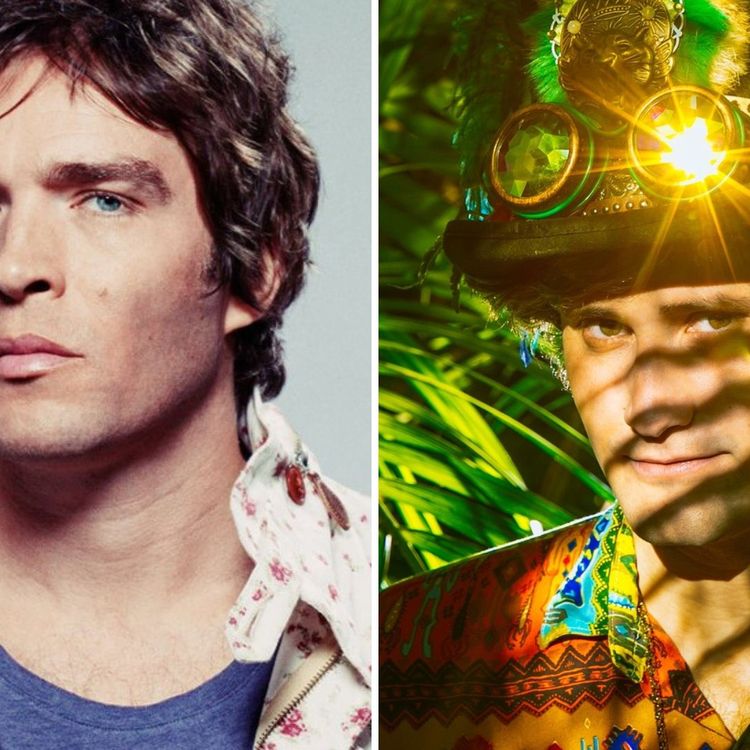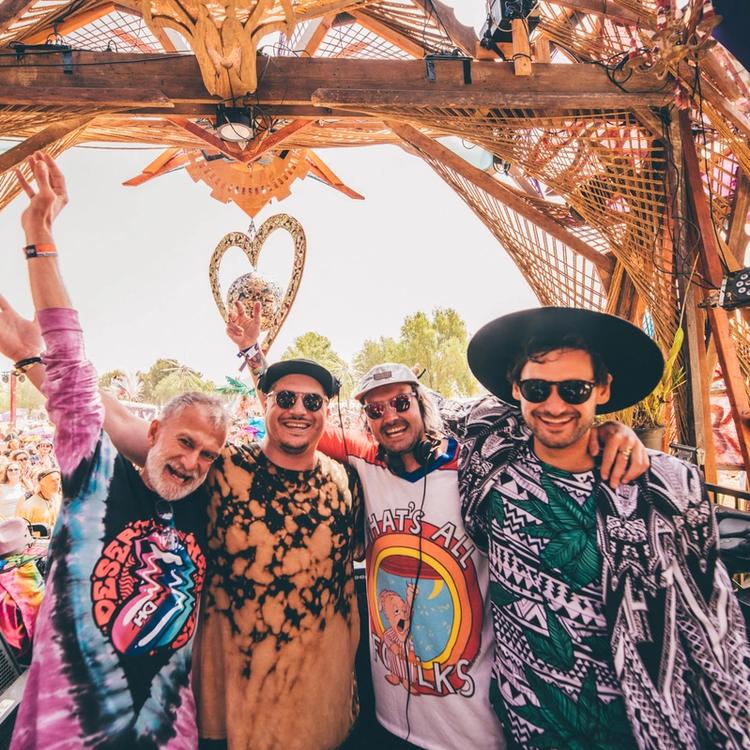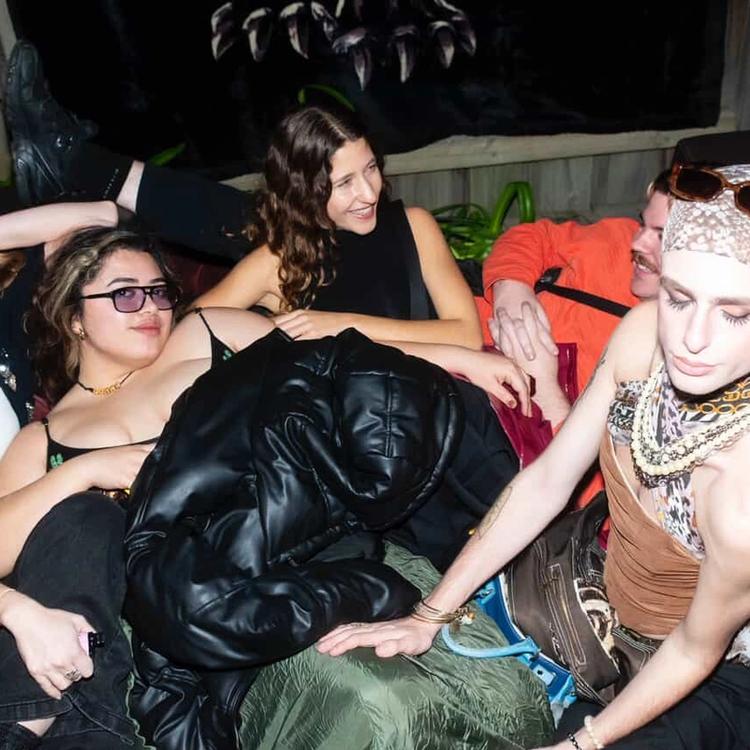Desert Hearts Black: Marbs' Darker Turn in the Desert Hearts Journey
Marbs' journey within the Desert Hearts brand has been marked by an ongoing exploration of sound that reflects both his personal influences and the changing tastes of the dance music scene. What began as a collection of intimate gatherings in San Diego in the early 2010s has grown into an international festival and an influential label. As the scene around him grew, Marbs, along with Desert Hearts co-founder Evan Casey, recognized a gap in the U.S. market for a darker, more atmospheric strain of house and techno. That realization eventually gave birth to Desert Hearts Black, a label designed to explore those depths.
Before Desert Hearts Black, the music that defined the brand was heavily rooted in uplifting house and melodic techno, creating a unified experience that resonated with the crowd. But over time, the community’s interests began to shift. Marbs, who had always leaned toward darker, more introspective music, found himself gravitating toward sounds that explored the deeper side of electronic music. His tastes were shaped by European labels like Life and Death and artists like Recondite and Maetrik, whose music felt more immersive and explorative.
In the late 2010s, Marbs and Casey realized they needed a new space to cultivate these sounds. While Desert Hearts Records focused on the lighter side of house music, Desert Hearts Black became the outlet for the more atmospheric, hypnotic, and darker side of dance music. The label’s debut in 2019 was more than a musical venture; it was an acknowledgment of the growing demand for diverse sounds within the Desert Hearts community.

For Marbs, Desert Hearts Black also offered an opportunity to merge his two creative passions: music and visual art. Having created hand-drawn album covers for many of the early Desert Hearts Records releases, Marbs brought a personal touch to Desert Hearts Black’s visuals. His neo-psychedelic style, full of intricate photo collages and hand-drawn elements, became a signature of the label, adding another layer of identity to the music.
The label’s early releases, such as the Torus EP, exemplified the darker direction Marbs and Casey had envisioned. The music was deeper, more contemplative, blending elements of techno, breaks, and melodic house in ways that hadn’t been heard much in the U.S. at the time. This new direction was a reflection of Marbs’ tastes and experiences, inviting listeners into a world where music was more than just a soundtrack—it was an experience that demanded attention.
As Desert Hearts Black continued to grow, it became a home for artists who shared similar tastes and a vision for what darker, more atmospheric house and techno could sound like. Artists like Rinzen, who would later become a key contributor to the label, brought fresh perspectives to the music, further developing the sound. Marbs and Casey worked together to ensure that the label remained a place for experimentation, drawing from a wide range of genres and influences while maintaining a focus on the deeper, more introspective side of dance music.
In the end, Desert Hearts Black is more than just a label—it’s a place where Marbs and the Desert Hearts crew can explore new sounds and ideas while continuing to foster the sense of community that has always been central to their brand. It’s a space that encourages experimentation and new directions while still maintaining the core values of Desert Hearts—connection, expression, and exploration. Through Desert Hearts Black, Marbs has created a platform where both he and the artists he works with can continue to grow, evolve, and shape the future of dance music.












